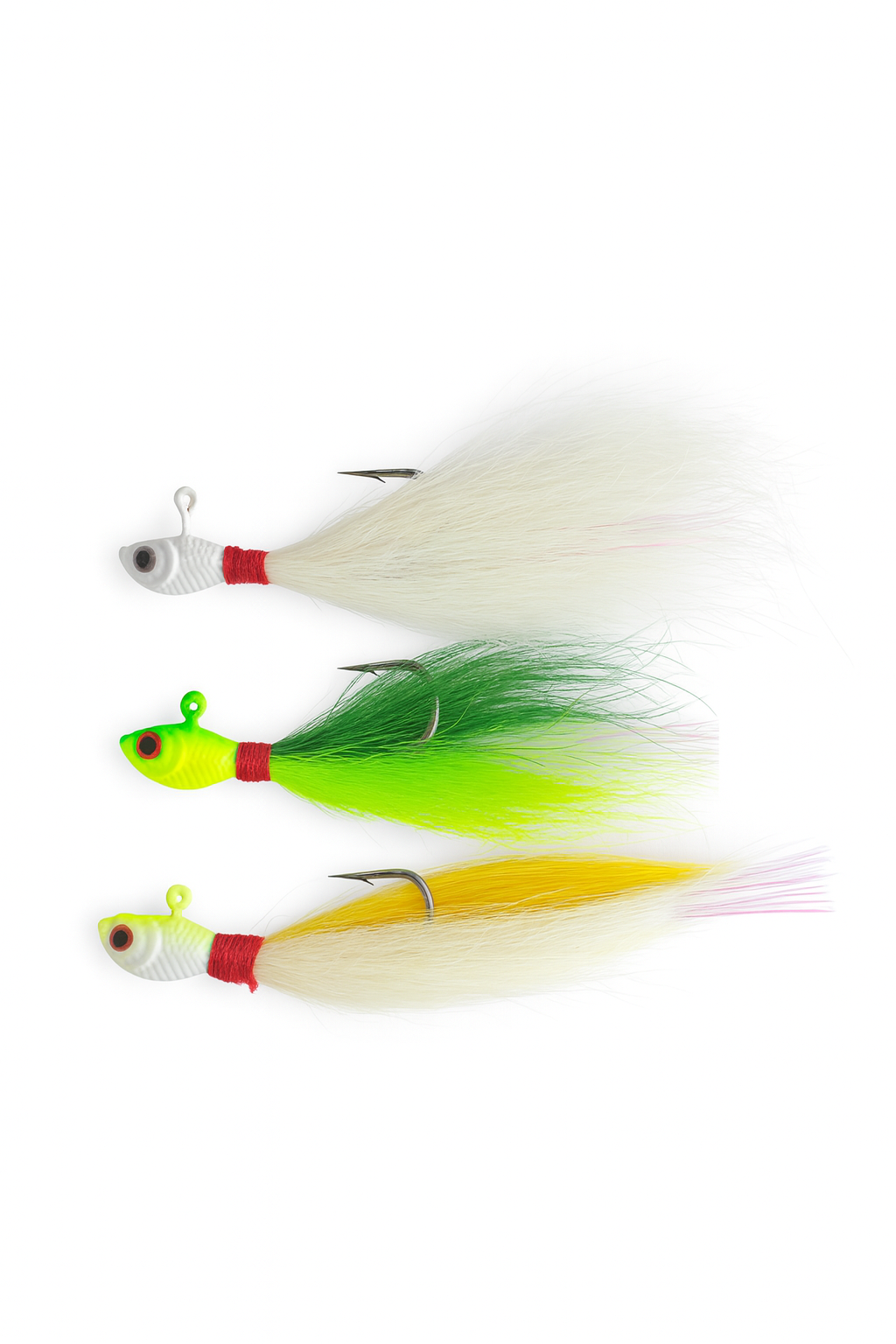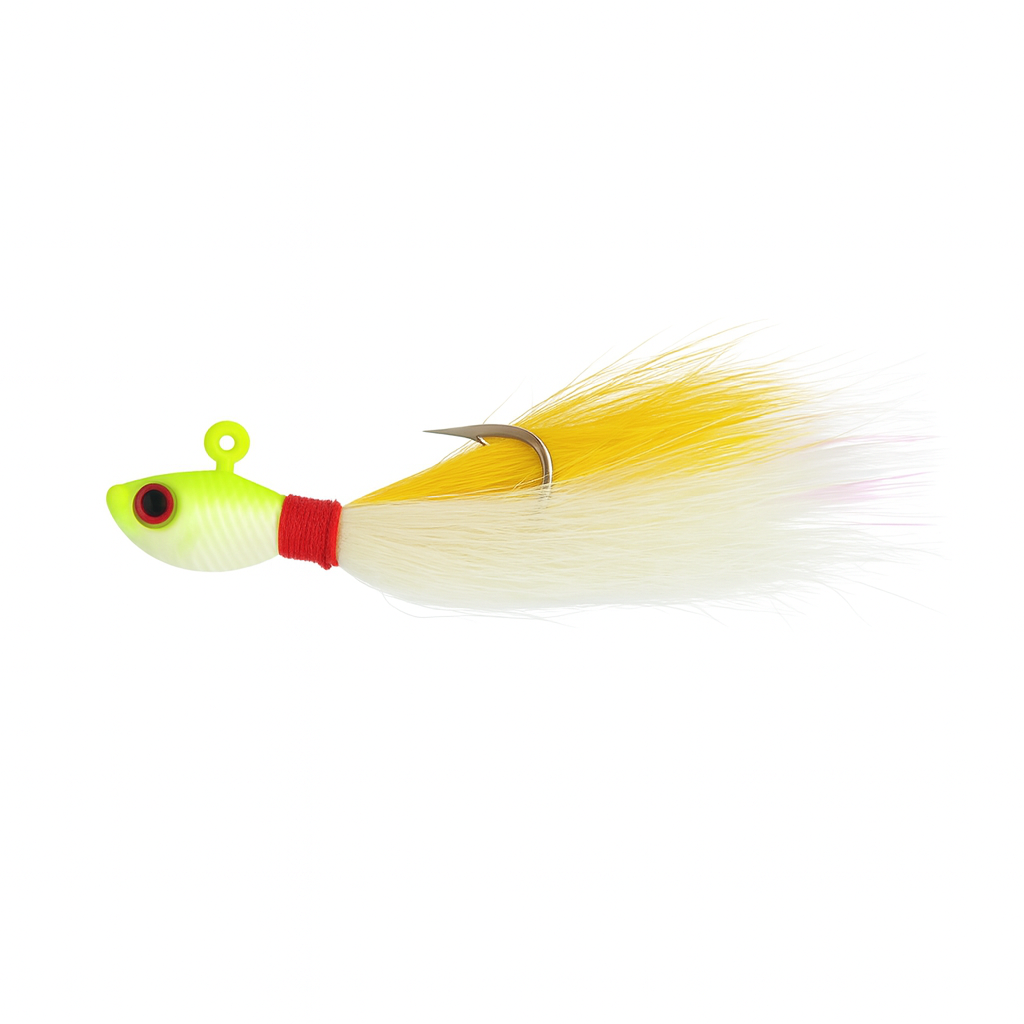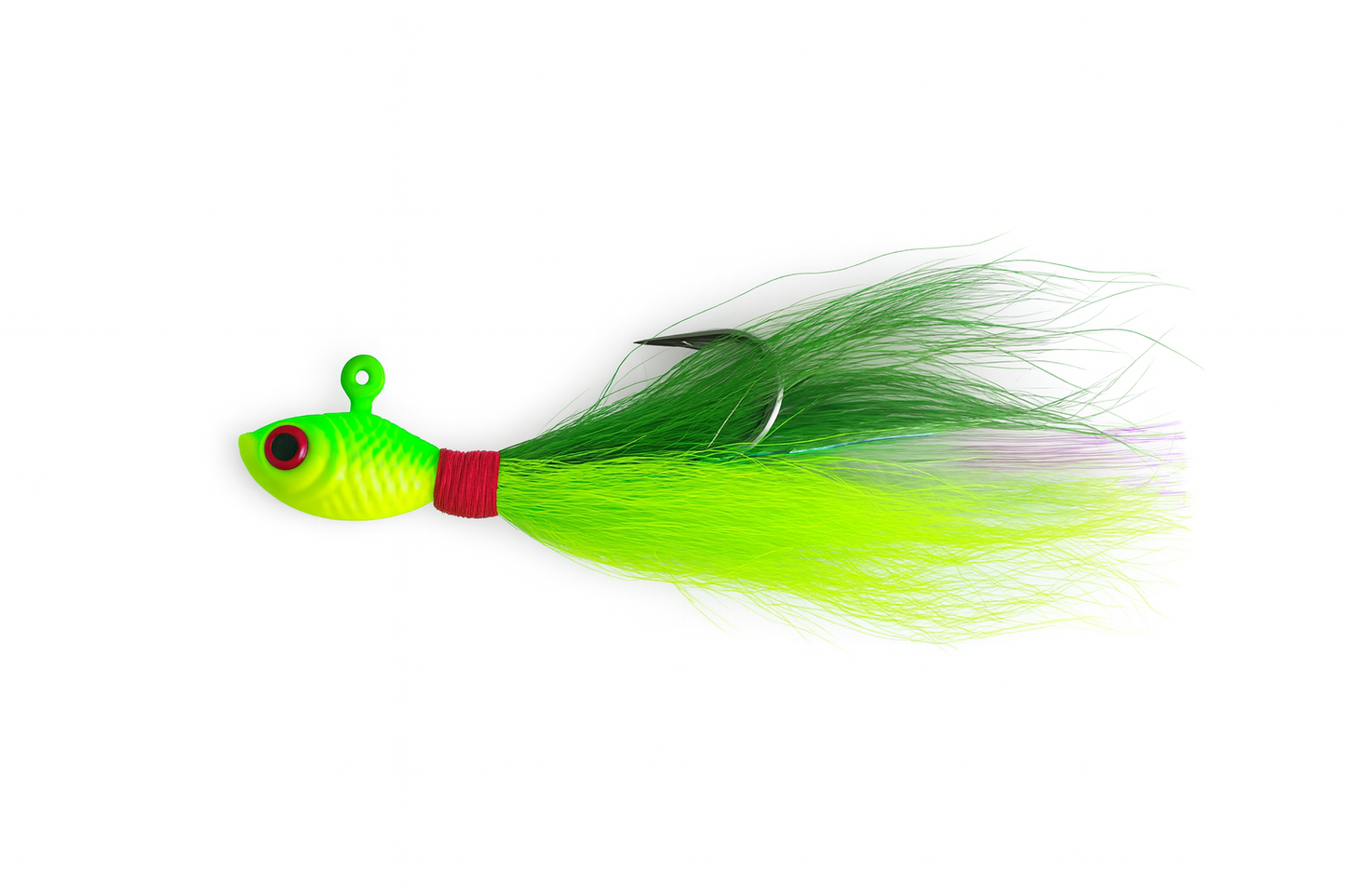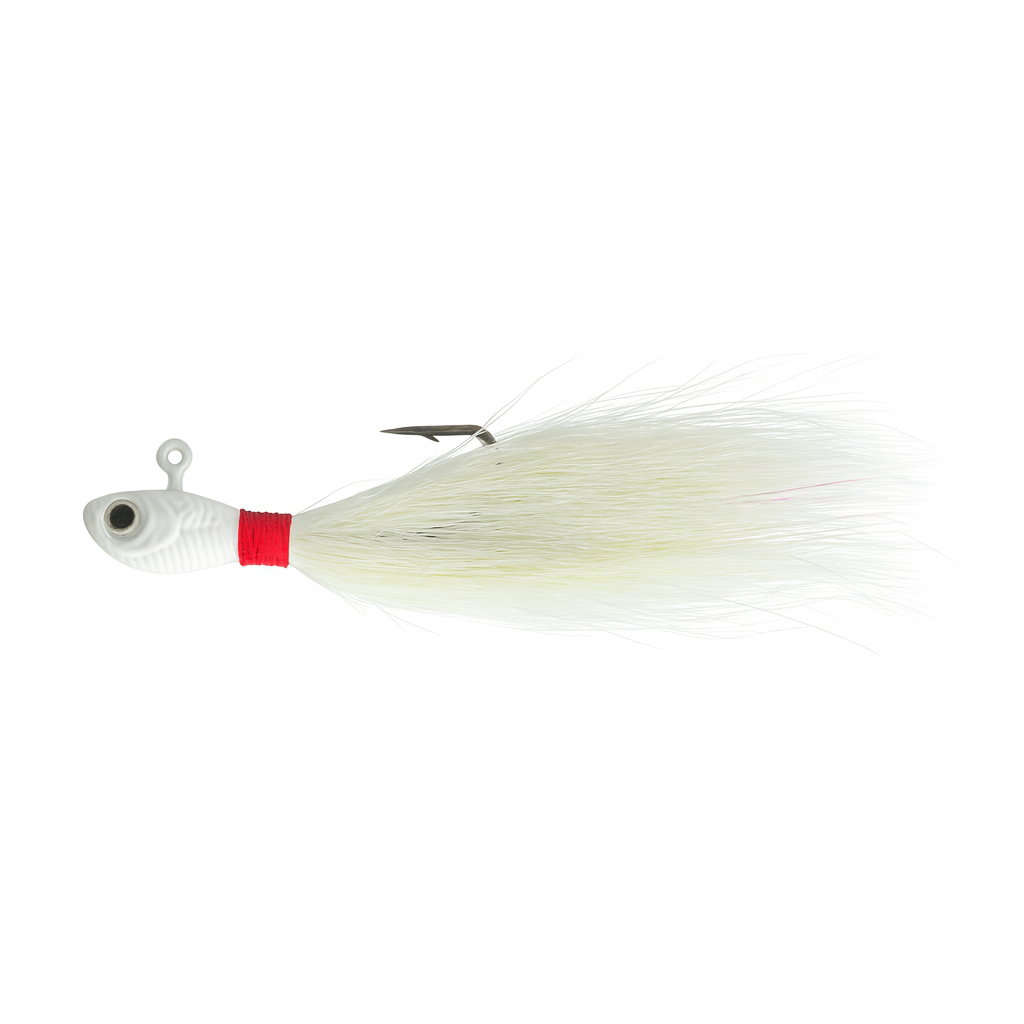Where to Find Inshore Fish After a Cold Front in Southwest Florida
Share

Cold fronts in Southwest Florida can completely change how inshore fish behave. One day you’re catching snook and redfish on the flats, and the next, the water turns cooler, the sky clears, and the bite shuts down. But if you understand how the weather shift affects water temperature, bait movement, and fish positioning, you can quickly adapt and find consistent action while other anglers head home.
When the first fronts of the season arrive, the water temperature drops fast — sometimes by five to ten degrees in just a day or two. These swings push baitfish into deeper or more protected areas, and the predators follow. Redfish, snook, and sea trout all move off the shallow flats where they were feeding during warm, stable conditions and head for deeper, warmer water with slower current. This is when canals, creeks, and river mouths become the key to staying on fish.
Focus your efforts in areas with dark, muddy bottoms that hold heat longer through the afternoon. Canals lined with docks, mangroves, or seawalls create both structure and shelter from wind. Many anglers overlook small residential canals, but these spots can load up with redfish and snook seeking warmth and food. The same goes for backwater bays with dark sediment — they act like natural radiators on sunny days after a front.
Timing is another major factor. The morning after a strong cold front usually brings bright skies, low humidity, and cool air — but also slower fish. Wait until mid-morning or early afternoon, when the sun has had time to warm the surface water and activate the bite again. Redfish and snook are cold-blooded, so even a few degrees of temperature change can determine whether they feed aggressively or stay sluggish.
Structure becomes your best friend after a front. Redfish will hold tight around oyster bars, downed trees, and dock pilings, often barely moving except to ambush bait. Snook, which are far more sensitive to cold water, will find refuge near bridge pilings, deeper channels, and even under boats in canals. In these conditions, precision casting is critical — you’re not covering ground like you would on open flats. Instead, you’re dropping your lure right where the fish are resting.
The key to catching fish in post-front conditions is slowing down your presentation. In cooler, denser water, baitfish and shrimp move less energetically, so a slower retrieve looks more natural. Soft plastics are excellent because they can be worked slowly just off the bottom, mimicking sluggish bait. For slightly deeper water or stronger current, a bucktail jig creates subtle movement even when paused, and the natural hair profile continues to pulse, tempting fish that aren’t willing to chase.
For snook holding deeper in the passes or near bridge shadow lines, switch to a suspending twitchbait. Use short, gentle twitches of the rod tip with long pauses between movements. That pause — when the lure hangs motionless in the water — often triggers the strike.
Wind direction can also influence where fish move after a front. When the north or northeast wind blows hard, look for leeward shorelines and wind-protected pockets. These areas will have cleaner water and slightly warmer conditions. The windward sides of bays usually get churned up, dropping visibility and lowering the water temperature even more. After a few calm, sunny days, those same fish may slowly creep back onto nearby flats, especially during mid-day high tides.
Another overlooked factor is tide strength. After a front, high barometric pressure often reduces tidal flow, which can make fish less active. Target times when the current starts to pick up again — that’s when bait begins to move, and predator fish will respond. Even a light breeze creating surface ripple can improve conditions by breaking up sunlight and giving fish more confidence to feed.
Patience pays off this time of year. Don’t expect a wide-open bite immediately after a front. Instead, focus on reading the water, looking for bait movement, and targeting areas that retain warmth. Once you find fish, they’re usually grouped tightly, and you can catch several from one location.
Cold fronts might signal slower fishing for some, but for anglers who adapt, they reveal predictable patterns. By following the fish into deeper, warmer water and slowing down your presentation, you’ll not only find success — you’ll have the water mostly to yourself. And when the next warm-up hits, those same fish will push back onto the flats, ready for another round of steady action.





